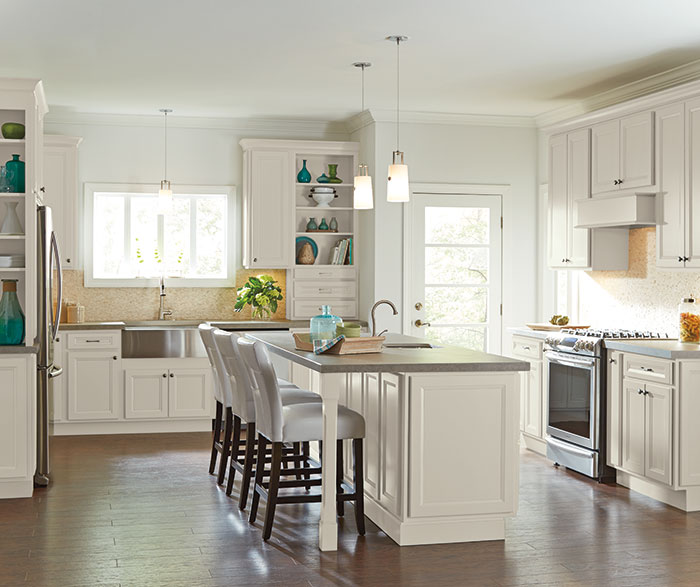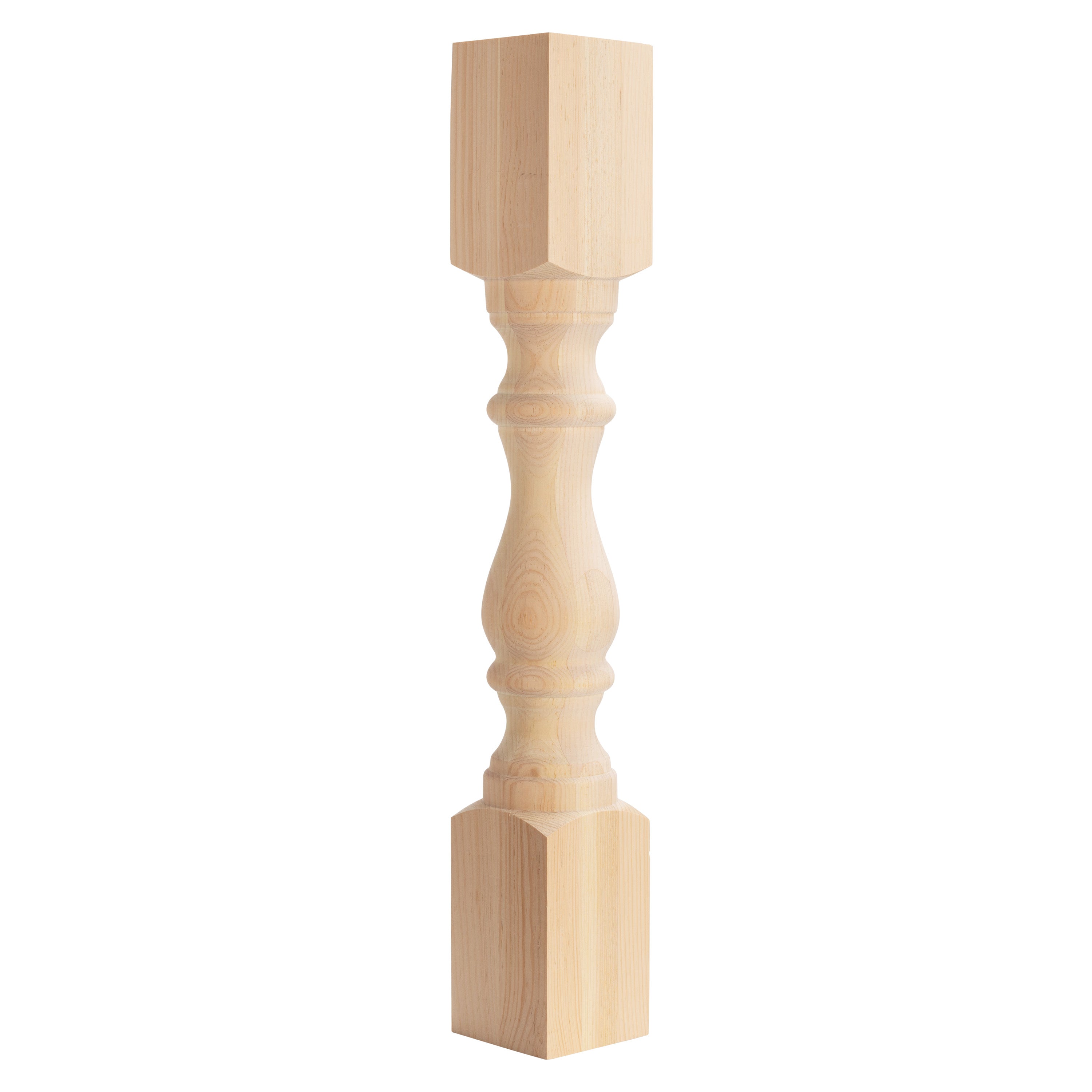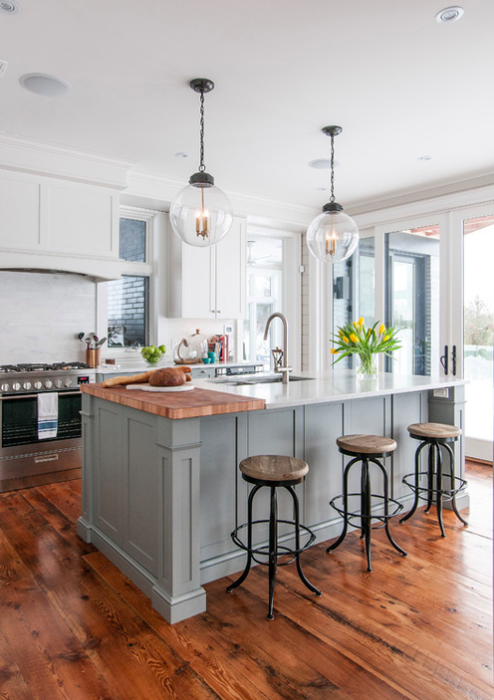Top Factors To Consider When Selecting a Cooking Area Island Leg for Modern Kitchen Area Interiors
In the world of modern kitchen interiors, the choice of a cooking area island leg is pivotal, affecting both looks and functionality. As these elements intertwine, they raise additionally inquiries about exactly how to accomplish the perfect balance between style and practicality, leaving one to consider the ramifications of each choice on the total cooking area experience.
Product Selections
When it comes to selecting a kitchen island leg, product selections play a vital duty in both aesthetic appeals and capability. kitchen island leg. The most common materials consist of timber, metal, and composite options, each offering distinct advantages and possible downsides
Timber is preferred for its heat and timeless allure, providing a timeless look that matches various cooking area designs. It is extremely versatile, allowing for customization in regards to coatings and colors. Wood might require even more maintenance to protect against bending or damage from wetness.
Steel, on the other hand, brings a modern and commercial panache to kitchen area islands. Stainless-steel and wrought iron are popular selections, understood for their longevity and resistance to use. They can endure the roughness of daily usage but might lack the warmth connected with wood.
Composite products, such as crafted timber or artificial blends, use a balance between rate, sturdiness, and aesthetics. These choices are frequently made to imitate the appearance of natural products while giving resistance to spills and scrapes.
Inevitably, the option of product ought to line up with the total kitchen layout and intended usage, making sure that the cooking area island leg is both useful and aesthetically appealing.
Design And Style
The design and style of a kitchen island leg considerably add to the general visual of the space, matching the selected product. When selecting the leg design, think about the building style of the kitchen area. Streamlined, minimal legs made of stainless steel or acrylic harmonize with modern layouts, while ornate, transformed timber legs boost traditional or farmhouse visual appeals.
Furthermore, the finish of the leg can influence the visual impact; a polished chrome or matte black finish might stimulate modern-day style, while troubled timber speaks with rustic appeal. The leg's form likewise plays a crucial role-- directly, angular types communicate a more industrial feel, whereas tapered or bent legs present a softer, extra inviting appearance.
Including decorative components, such as makings or embellishments, can add individuality and character to the kitchen island, further boosting its function as a focal factor. Ultimately, the chosen leg design should not only align with the total kitchen design however additionally mirror the homeowner's individual preference, making certain that the kitchen island comes to be a harmonious and practical focal point within the contemporary cooking area interior.
Height and Proportions
Accomplishing the ideal elevation and percentages for a kitchen island leg is critical for both capability and looks. Kitchen area islands normally vary in height from 28 to 36 inches, depending upon their planned use-- whether as a food preparation surface area, dining location, or workspace. Standard countertop elevation is about 36 inches, making it vital that the legs you choose complement this elevation to give a seamless, incorporated appearance.
Percentages likewise play an essential role in the aesthetic balance of the kitchen area. The size and weight of the leg should agree with the general layout of the island - kitchen island leg. A slim leg might be appropriate for a contemporary or minimalistic island, while a more substantial leg may be required for rustic or standard layouts. Furthermore, think about the spacing between the legs; adequate range makes sure comfort and ease of activity around the island.
When picking the height and percentages of the cooking area island leg, remember the total style theme of your kitchen. This interest to detail not just enhances the performance of the space however likewise contributes to a cohesive and aesthetically attractive interior layout.
Stability and Support
Consistently ensuring security and assistance in cooking area island legs is crucial for both safety and functionality. A sound kitchen area island must stand up to day-to-day usage, including weight from home appliances, cooking, and social events. The selection of legs need to prioritize durable materials and styles that can give sufficient assistance.
When reviewing stability, take into consideration the leg's material-- steel, light weight aluminum, or hardwood usually provide remarkable strength compared to lighter options. In addition, the useful source layout should feature a wide base to disperse weight equally and reduce the risk of tipping or tottering. For circumstances, legs made with an A-frame or cross-bracing can considerably improve stability.

Including these factors to consider will not only enhance the general safety of the cooking area room but also improve the durability and performance of the kitchen area island, making it a beneficial focal point in modern kitchen interiors.
Completing Touches
When it involves finishing a cooking area island, thoughtful ending up touches can significantly improve both its aesthetic charm and performance. Choosing the ideal leg design is essential, yet matching it with proper details can transform the entire space. Consider adding attractive components such as toe kicks or walls that match the kitchen cabinetry or floor covering to create a seamless appearance.

A natural shade palette and material option will raise the kitchen area island, making it a fascinating focal point. By paying focus to these completing touches, property owners can create a kitchen island that is both gorgeous and useful, providing to their lifestyle and design choices.
Conclusion

In the realm of modern-day kitchen area insides, the selection of a kitchen island leg is pivotal, affecting both appearances and performance.The design and style of a cooking area island leg significantly add to the overall visual of the space, matching the picked material.Achieving the appropriate height and percentages for a cooking area island leg is important for both capability and looks.Regularly making certain stability and support in cooking area island legs is essential for both safety and capability.In recap, selecting a kitchen area island leg for modern-day interiors requires cautious factor to consider of material options, layout style, elevation, proportions, and security.